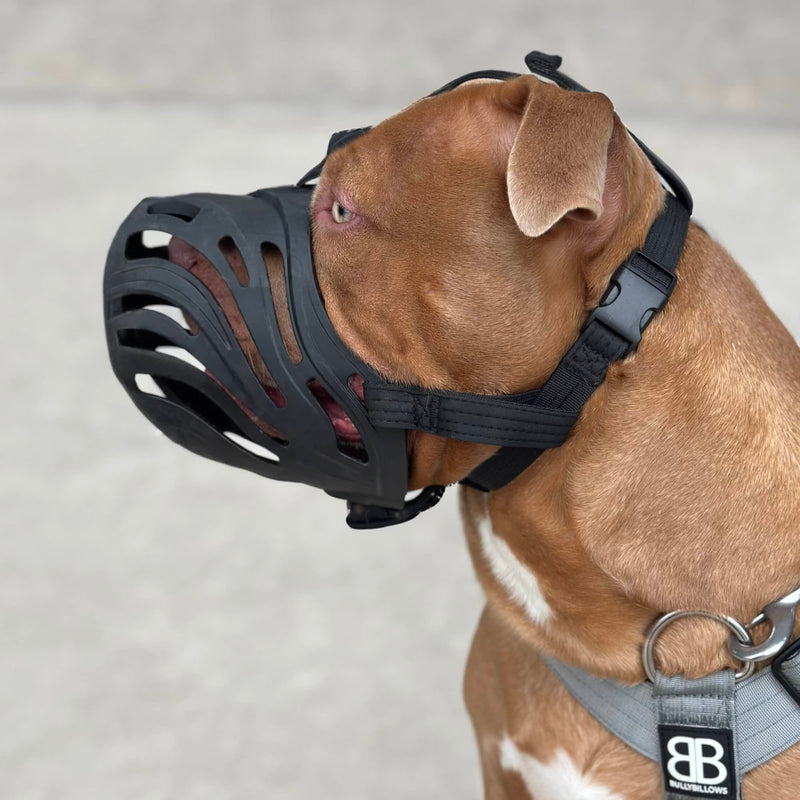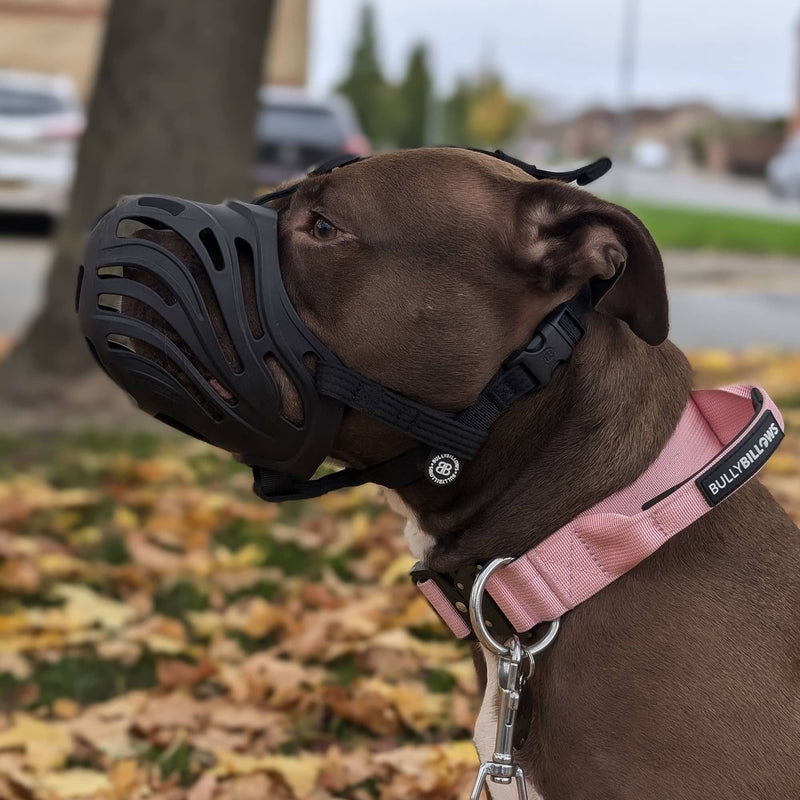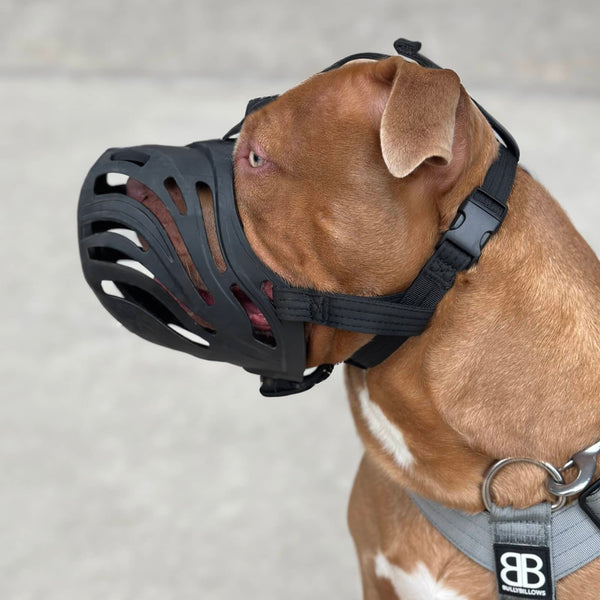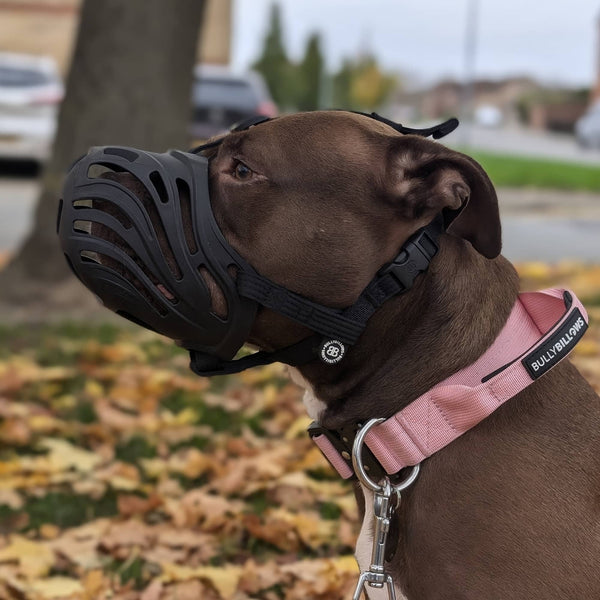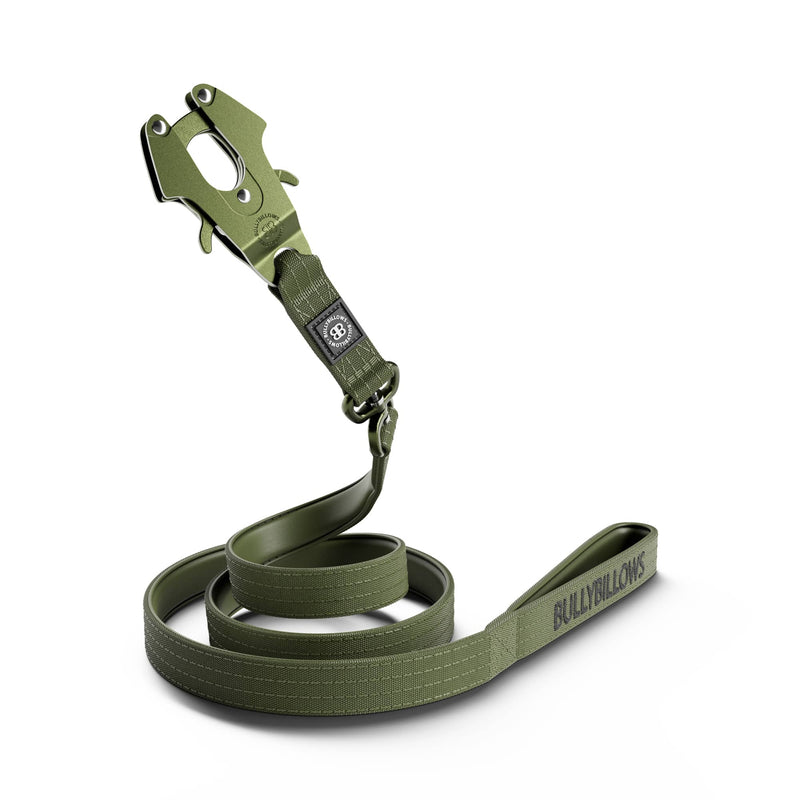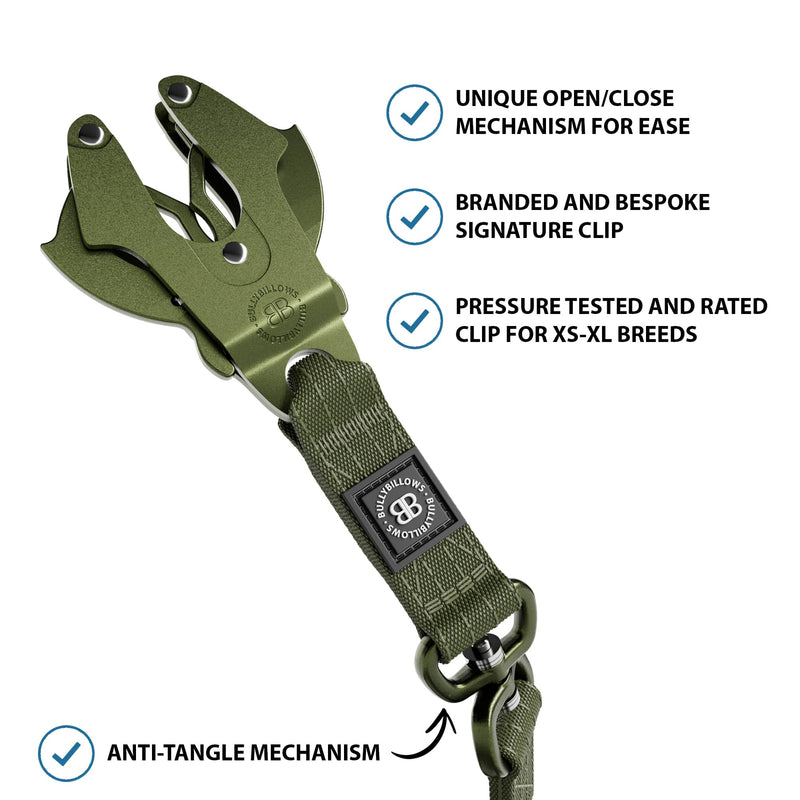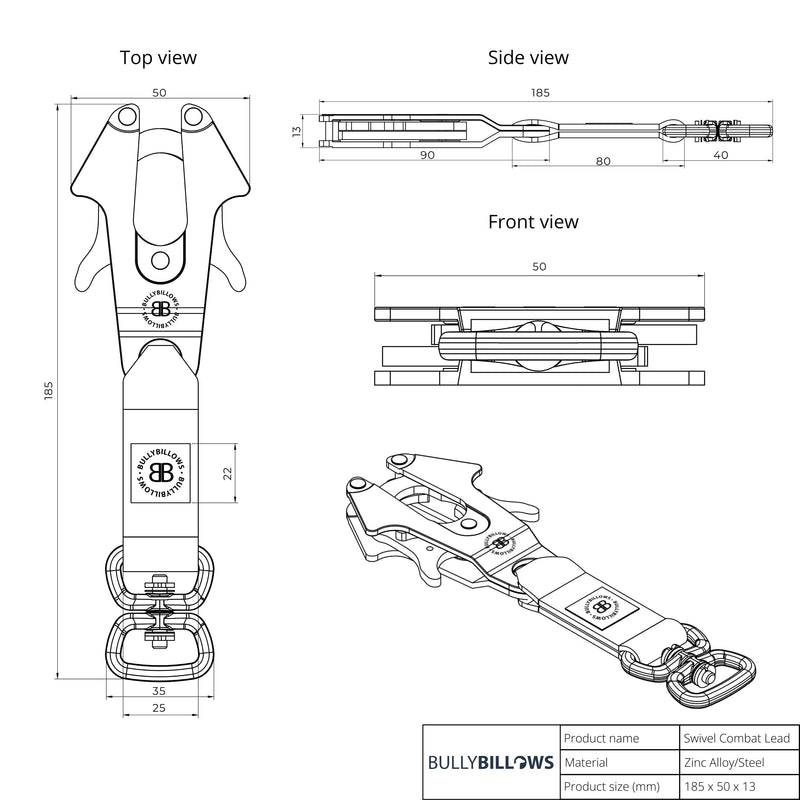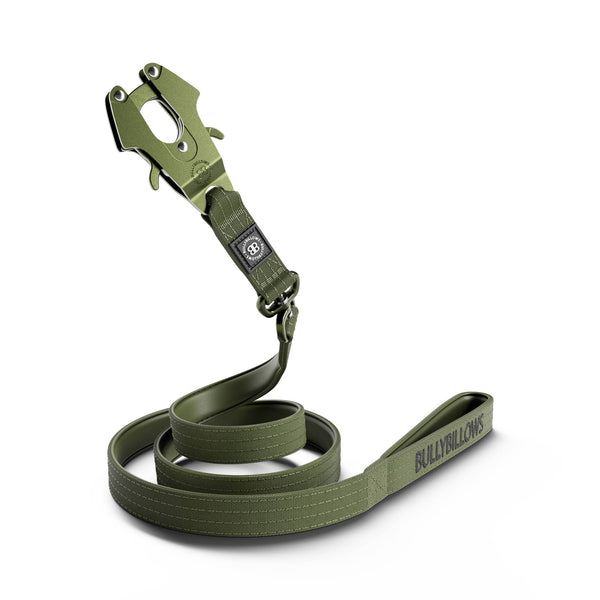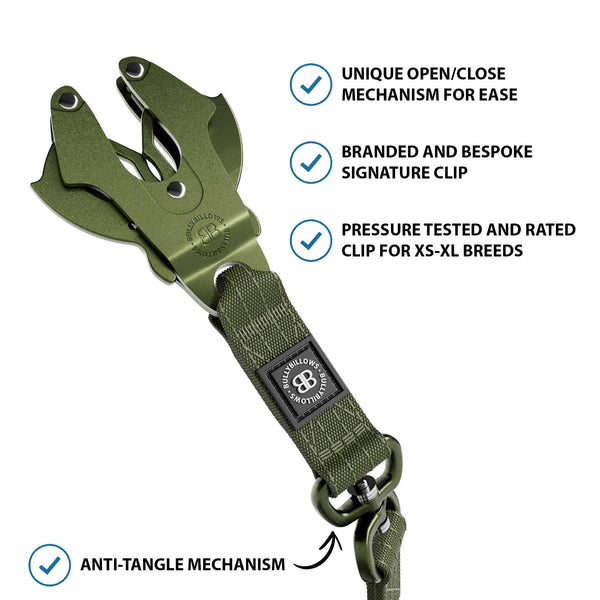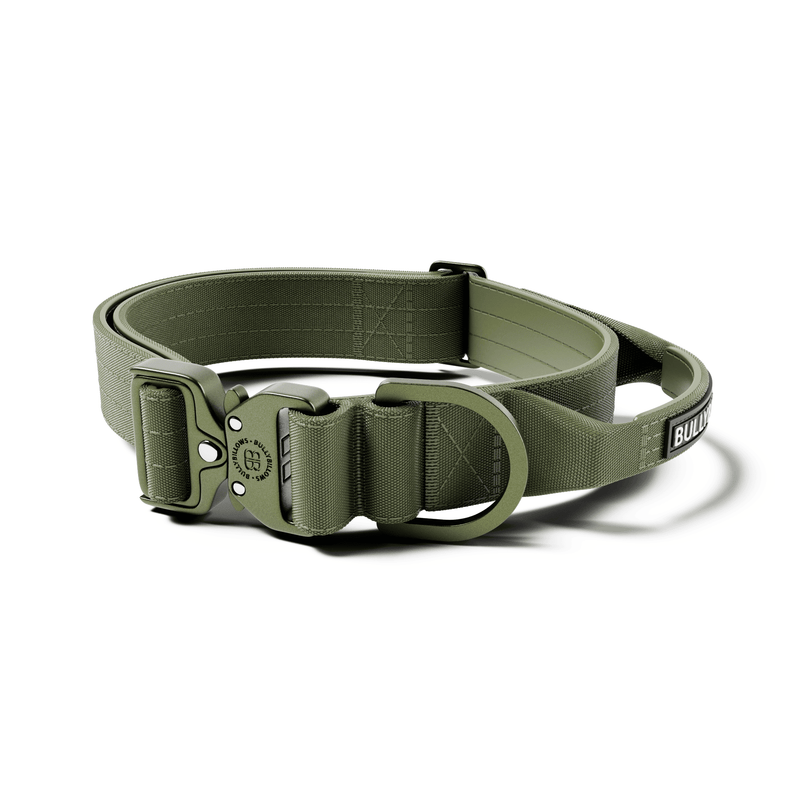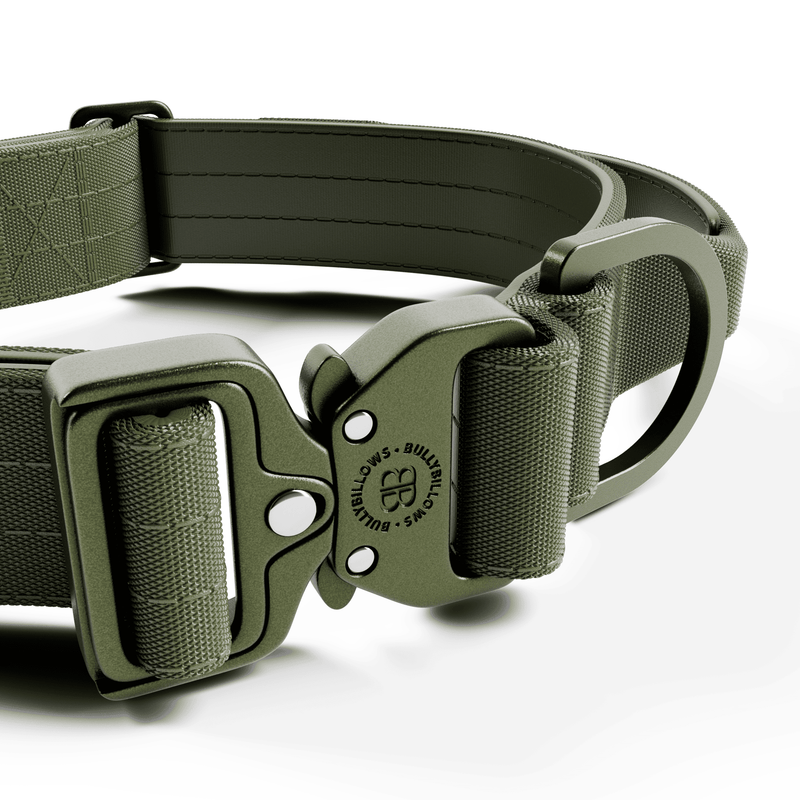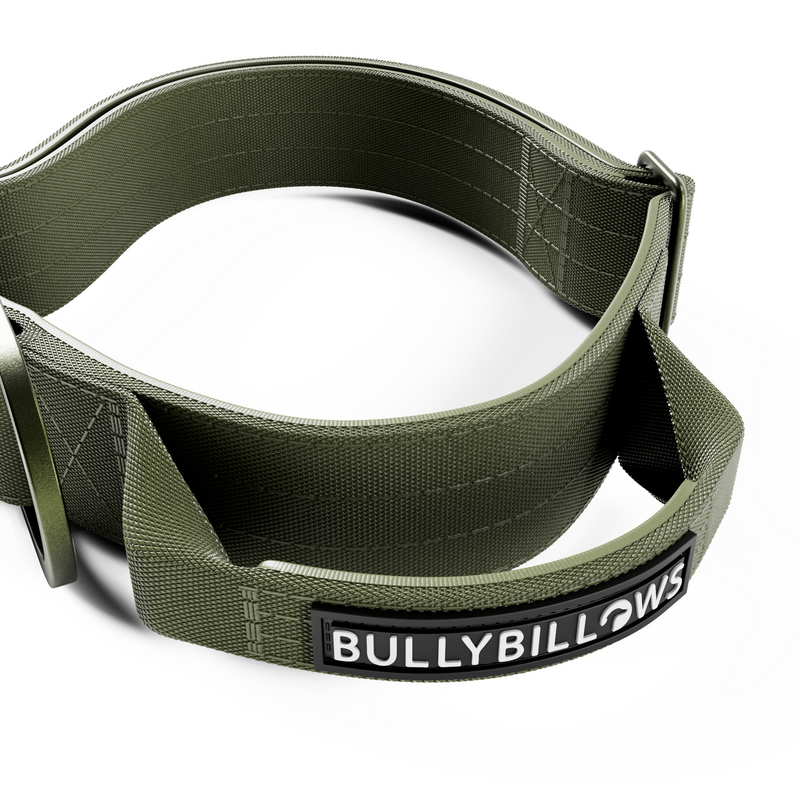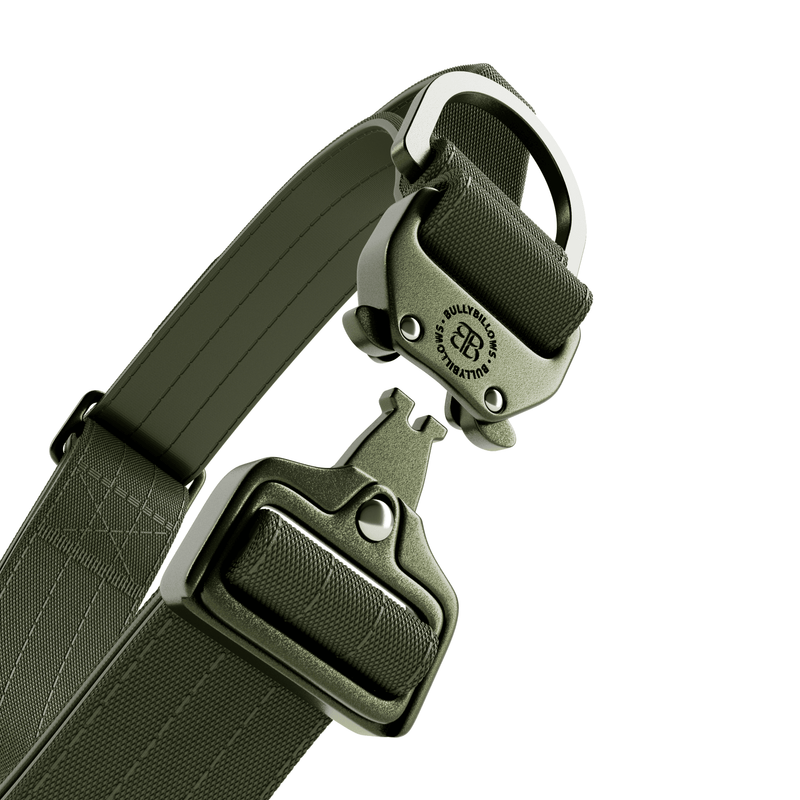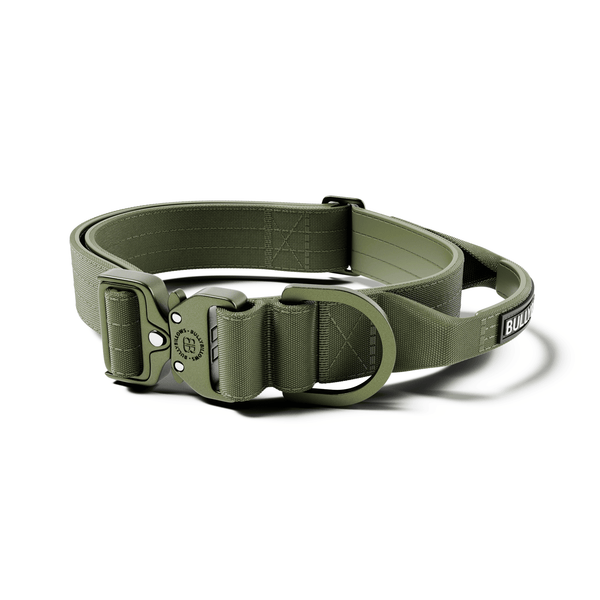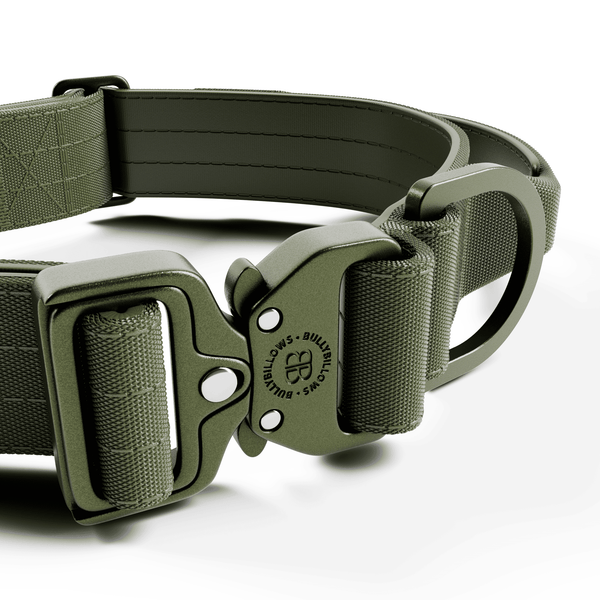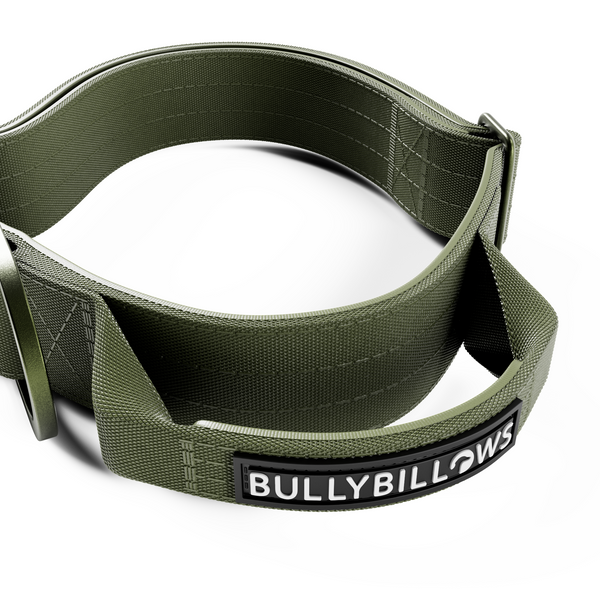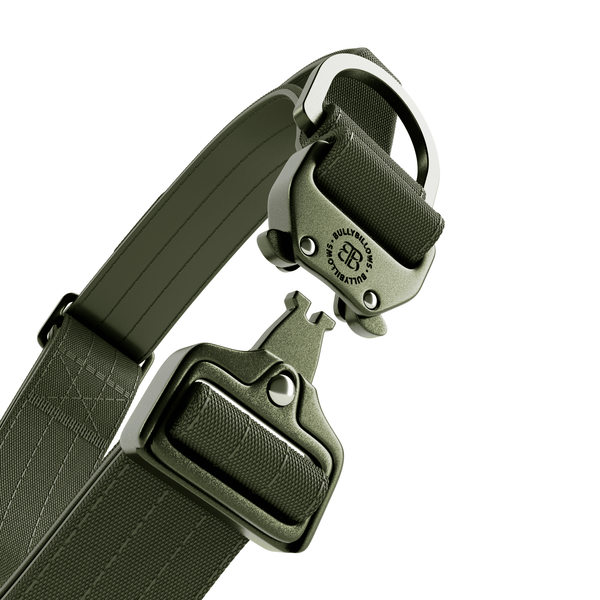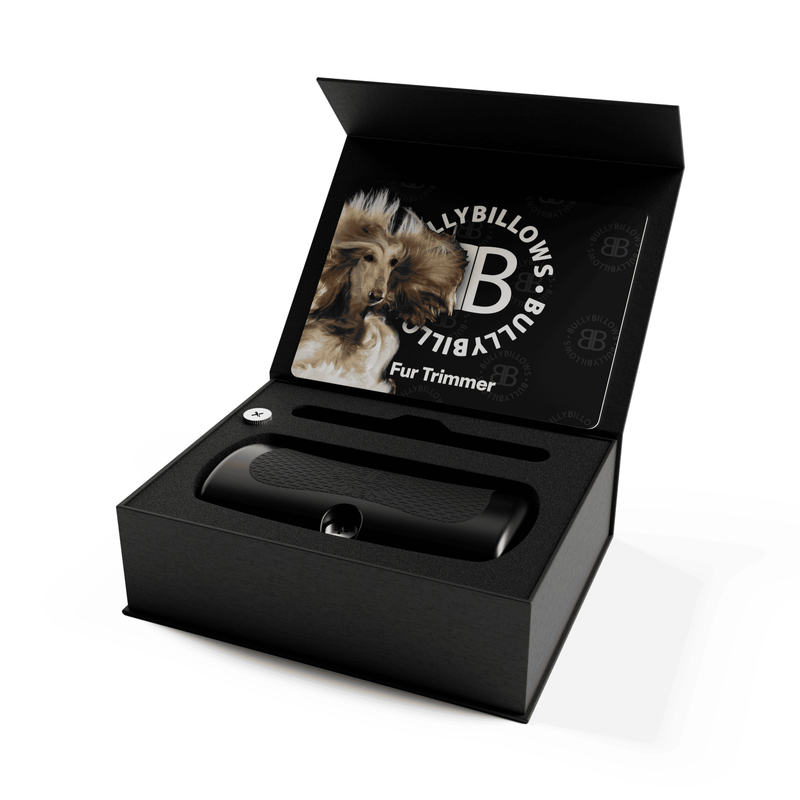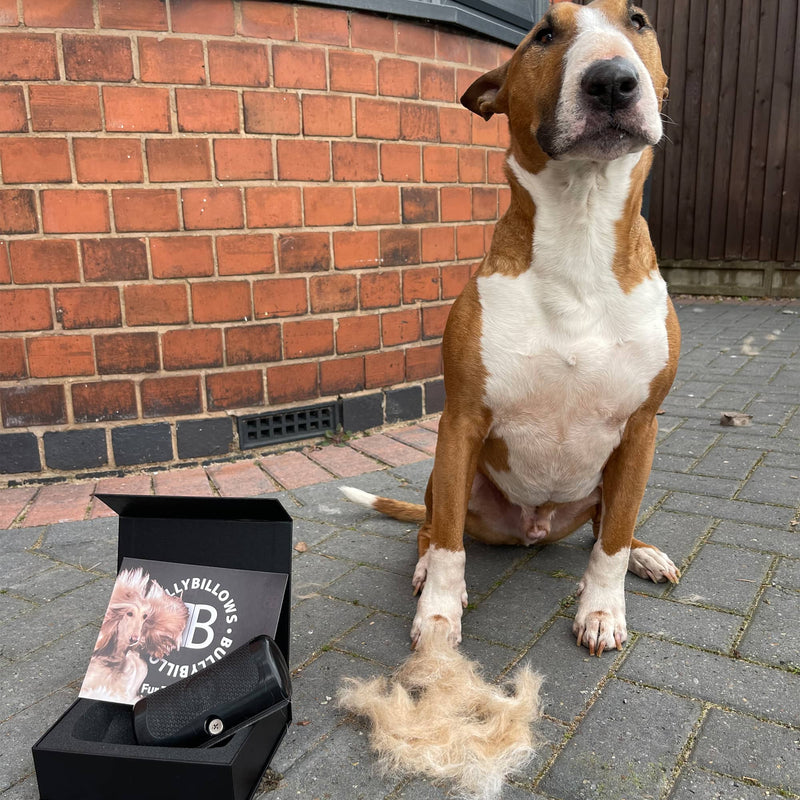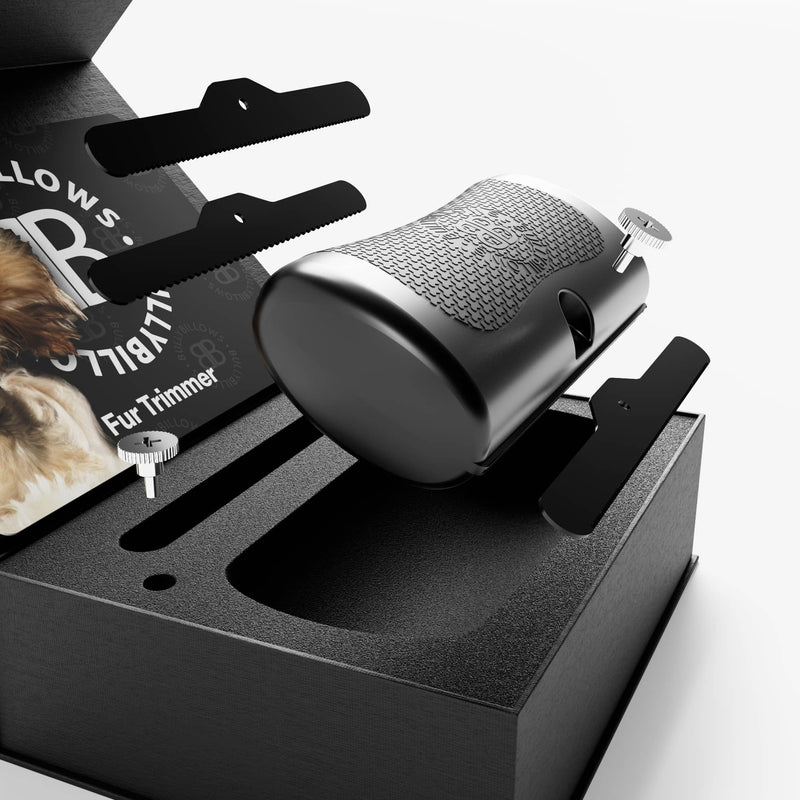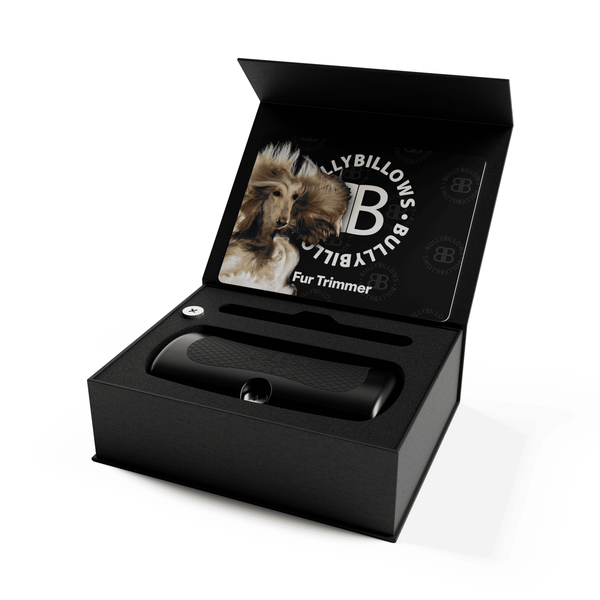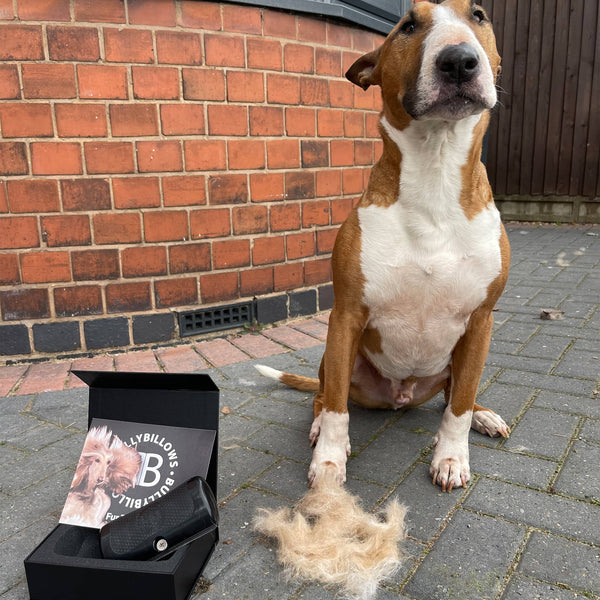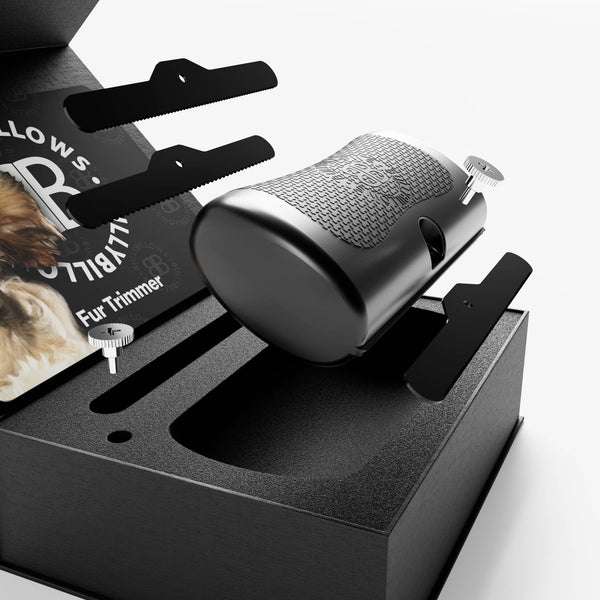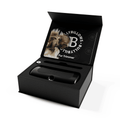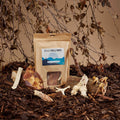Seeing blood in your dog’s stool is a frightening sight. It is obvious for you to get worried. Many pet owners are clueless about what steps to take next. It causes confusion and anxiety since dog owners don’t know the treatment options they can opt for.
Hence, if you’re a dog owner, you should know how to deal with this situation. To understand what needs to be done when you see blood in a dog’s stool, keep reading this blog.
What Should You Do When You See Blood in Your Dog’s Stool?
Ignoring the presence of blood in dog stool is not a good idea. It may be due to many conditions. If you see blood in your dog’s stool:
- Collect the sample of stool with blood in a ziplock bag.
- Contact your veterinarian. You can save your time for visiting veterinarians by explaining the problem on call. If required, make an appointment for your dog’s check-up. If the stool has blood, but your dog is acting normally, then they may ask you to keep an eye on the dog for 24 to 48 hours for any changes.
- The vet will then do the faecal test of the stool sample taken for checking the presence of worms and worms ova. They also diagnose other causes and clues for the stool condition.
- The vet will decide the further treatment and examination after the faecal test. Knowing the symptoms, they may suggest further advanced tests, such as ultrasound, X-ray, colonoscopy, blood count, or urine analysis. It will provide an accurate diagnosis.
Must Read: 7 Common Health Problems in Senior Dogs
Things to Do Before the Veterinary Test
Once discovered blood in a dog stool, withhold the treats and human food. You should do so for 24 to 48 hours to give your dog’s digestive system relief.
You can also feed them a diet of plain rice and boiled chicken.
Some anti-diarrheal tablets are harmful to dogs. So do not give any medication without consulting with your veterinarian.
If the dog does not get normal in two days, it is a matter of serious concern. If they are vomiting, not showing much action, or not eating, take them to the veterinarian immediately.
Don’t panic
The blood and mucus in the stool are easy to treat. It mostly happens due to worms and giardiasis. A single streak of blood in the stool can also be a fluke. Until it is not a large amount and consistent blood, you should not panic.
The blooding stool and vomiting are also a condition of hemorrhagic gastroenteritis or HGE. It is a life-threatening situation. Large amounts of fluid seep into the gut, and the dog dehydrates quickly.
Some dogs normally have a dark stool, depending on the factors, such as diet and digestive issues. If the stool is darker than the regular colour, it is then a concern. The key is to consult the veterinarian at the right time.
To shop for dog training products, visit Bully Billows and keep your four-pawed friend happy!


